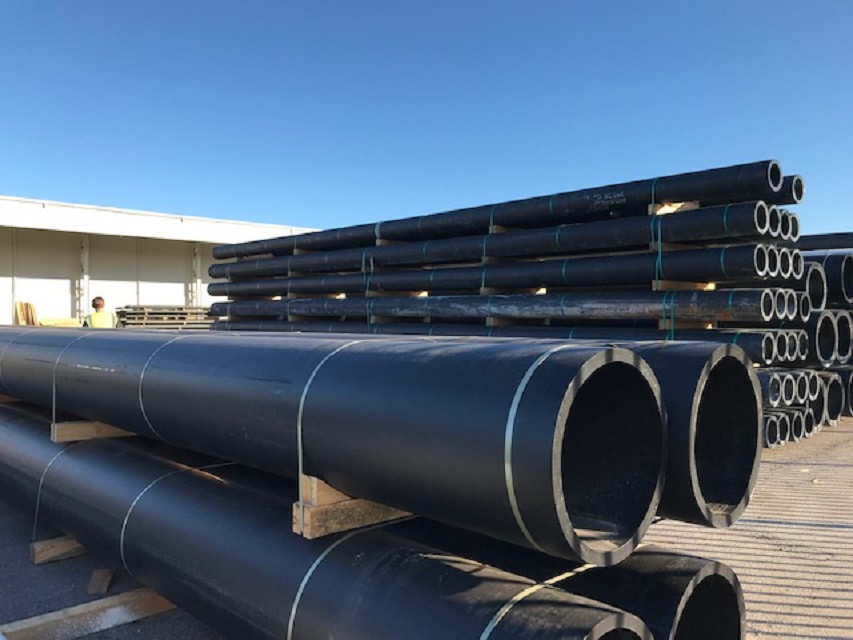Leading vs Lagging Indicators checklist

This checklist will help you establish and use the right indicators for your projects.
Set-up
- Review relevant data and reports of your last five projects
- Collaborate with others to finalise leading indicators in every area of performance
- Identify sources of data for leading indiacators
- Set benchmarks for both leading and lagging indicators
- Set your target performance level
- Decide what leading indicators require which type of action (and when!)
During the project
- Classify data into operations, project, and behaviours
- Review data weekly and compare to benchmarks
- Take action immediately when needed to keep project performance and changes
Post-project
- Close the loop for your team with a final performance report
- Compare project performance with previous projects to identify trends
- Review the performance of your indicators. What worked well? What was a challenge? What can you repeat next time? What needs to change?
When you need focused help fast, get it from a supplier whose success is keeping your plant moving. Call Advanced Piping Systems on 1300 792 879.

